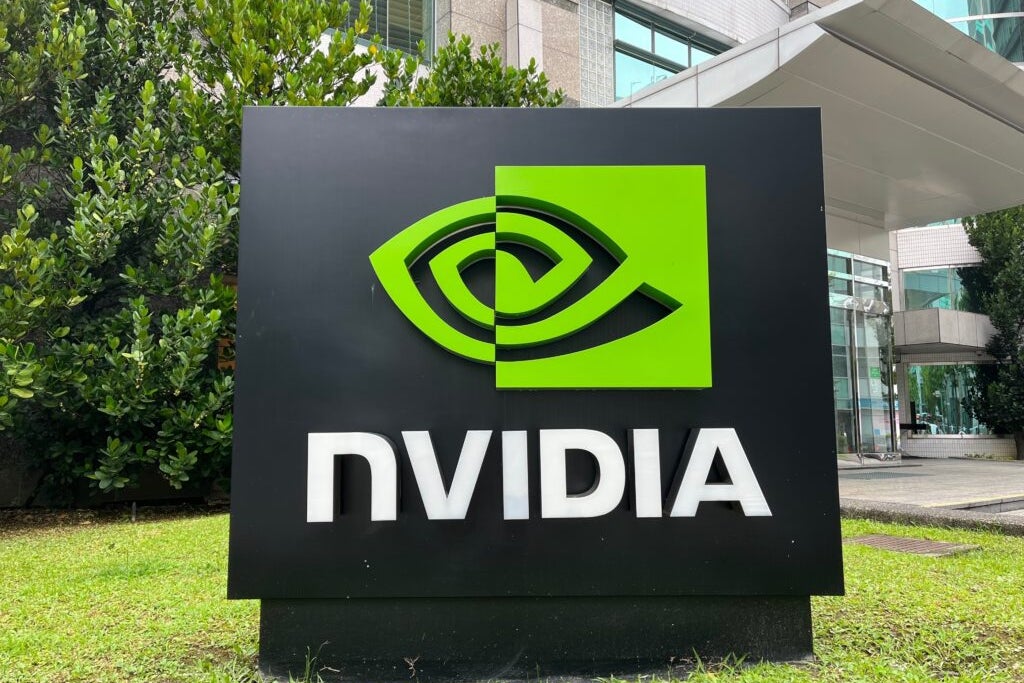A new analysis by McKinsey & Company projects a massive 3.5-fold increase in the global demand for AI-specific data center capacity by 2030, potentially creating a multi-trillion-dollar market opportunity for chipmaker Nvidia Corp. NVDA.
The report forecasts that the power demand for AI workloads will surge from 44 gigawatts (GW) in 2025 to 156 GW by the end of the decade.
McKinsey Projects Data Center Capacity At 219GW In 5 Years
The McKinsey report, titled “Scaling bigger, faster, cheaper data centers with smarter designs,” provides the foundation for these bullish projections.
It shows total data center capacity demand, including non-AI workloads, growing from 82 GW in 2025 to 219 GW by 2030. Overall, McKinsey anticipates that capital spending on data center infrastructure, excluding the IT hardware itself, will surpass $1.7 trillion by 2030.
Whereas, when only considering the AI workloads, the capacity is expected to expand from 44GW to 156GW from 2025 to 2030.
This expansion is overwhelmingly driven by the proliferation of artificial intelligence, which is expected to account for 70% of the total data center capacity by 2030.
Data Center Expansion: A $6.2 Trillion Opportunity For NVDA
This explosive growth is at the heart of a comment by NVDA CEO and co-founder Jensen Huang‘s comment from March to CNBC, where he said, “every gigawatt [of data center] is about $40 billion, $50 billion to Nvidia.
According to the calculation based on “Jensen’s math,” a social media post by X user ‘The AI Investor,’ translates the gigawatt demand into a staggering $6.2 trillion market opportunity for NVIDIA.
This figure comes from multiplying 156GW capacity by 2030 with the $40 billion figure stated by Huang.
Even if that estimate is twice as high as reality, the post notes the opportunity would still stand at a formidable $3.1 trillion.
See Also: Short-Seller Jim Chanos Bets Against AI Hype, Challenges Brookfield’s Data Center Projections Of 10X Growth By 2034
Hurdles For Data Center Capacity Expansion
However, the report cautions that this rapid expansion faces significant hurdles.
Key challenges include securing adequate power for these energy-hungry facilities, overcoming supply chain bottlenecks for critical equipment, and navigating shortages of skilled labor required for construction.
The central question, as posed by The AI Investor, is whether the market is too bearish on NVIDIA’s future, given that the underlying demand for AI infrastructure appears to be vastly outpacing current expectations.
Price Action
NVDA fell 0.040% on Monday to $177.75 per share and slipped 0.24% in after-hours. The stock has advanced 28.51% year-to-date and 52.21% over the year.
Benzinga’s Edge Stock Rankings indicate that NVDA maintains a stronger price trend in the short, medium, and long terms. However, the stock’s value ranking is relatively weak. Additional performance details are available here.
The SPDR S&P 500 ETF Trust SPY and Invesco QQQ Trust ETF QQQ, which track the S&P 500 index and Nasdaq 100 index, respectively, ended higher on Monday. The SPY was up 0.53% at $660.91, while the QQQ advanced 0.86% to $591.68, according to Benzinga Pro data.
On Tuesday, the futures of the Dow Jones, S&P 500, and Nasdaq 100 indices were higher.
Read Next:
Disclaimer: This content was partially produced with the help of AI tools and was reviewed and published by Benzinga
Photo courtesy: Chung Hao Lee / Shutterstock

